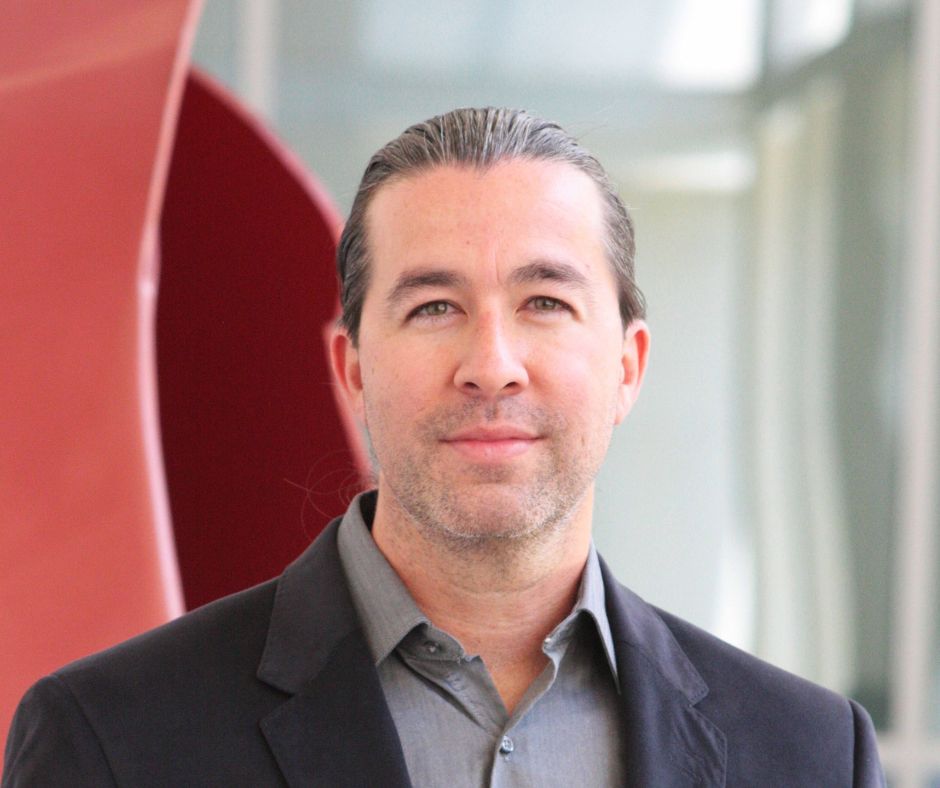Renee Swallow
Reporter
This semester, students at the two buffet dining halls on campus competed in an eating contest–not to eat the most, but waste the least.
The Project Clean Plate originated with Chartwells, the University’s Dining Services provider, along with the desire to reduce waste and improve the community in the process.
Nicholas Hennessy, sustainability coordinator, does his best to make the University more environmentally friendly.
“I am a big proponent of reducing food waste for a ton of reasons,” Hennessy said. “And Project Clean Plate is a great way to get the message out.”
The message, Dining Services said in a press release, is simple. There is more than enough food to feed the entire world’s population. Hunger and malnourishment remains a substantial issue, made worse by the excess in the food waste internationally.
The issue effects college students as well, according to the release. If large amounts are wasted on campus, food costs may rise considerably.
The two dining halls involved, The Oaks and Carillon Place, sought to throw away the least amount of waste by students turning in the most empty plates. The Oaks won this year’s competition for the second year in a row, said Sara Meyer, Director of Marking and Communications.
The initiative goes above and beyond to inform students about food waste, but if it were a normal event, it might decrease its effectiveness, Hennessy said.
The all-you-care-to-eat dining halls try to lower waste in other ways as well. When the AYCE facilities were first introduced, the faculty was surprised at the results.
“Everyone’s eyes were bigger than their stomachs,” Hennessy said. “The transition from having to pay for food a la carte to a buffet style was more difficult than expected, so they needed some kind of education for food waste.”
In addition to putting up signs about the importance of only taking what you can eat, dining halls help reduce waste by having different size plates and bowls and not allowing trays so that students will be less likely to keep getting up for more food, Hennessy said.
“We also have samples and half size servings so that students can try things before they take a big portion that they may not enjoy,” Meyer said.
Students seem to respond favorably to Project Clean Plate, Meyer said.
“We are able to educate students on food waste and many volunteer to help with the project,” she said.
One volunteer stands by the trash station and looks for clean plates while the other walks around tables and interacts with students to inform them about the cause and give out free T-shirts. Students had an additional incentive as well–whoever had a clear plate was able to write their name on a ticket and enter it into a raffle for 100 falcon dollars. This year’s student winner was Sam Rosen.
Dining Services also makes a monetary donation to the United Way in the name of the winning dining hall.
“If the students, faculty, staff and patrons continue at this current achievement, five tons of waste could be saved per semester, which is 10 tons per academic year,” Meyer said. “This translates into savings to all of our patrons. By reducing waste, costs are reeducated, making it possible for BGSU Dining to maintain prices. This is a win for all.”






















